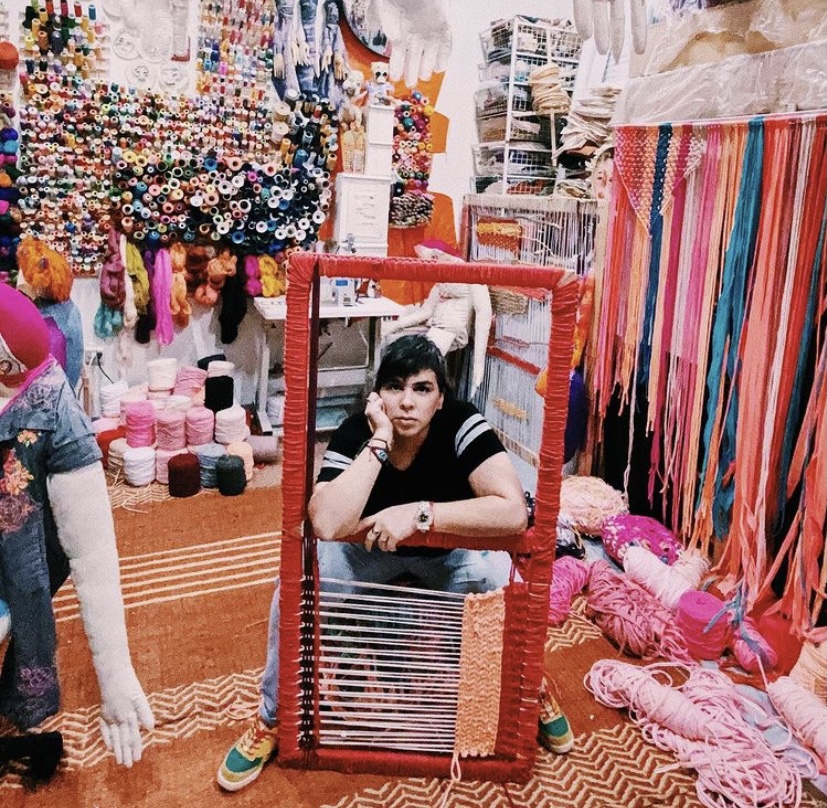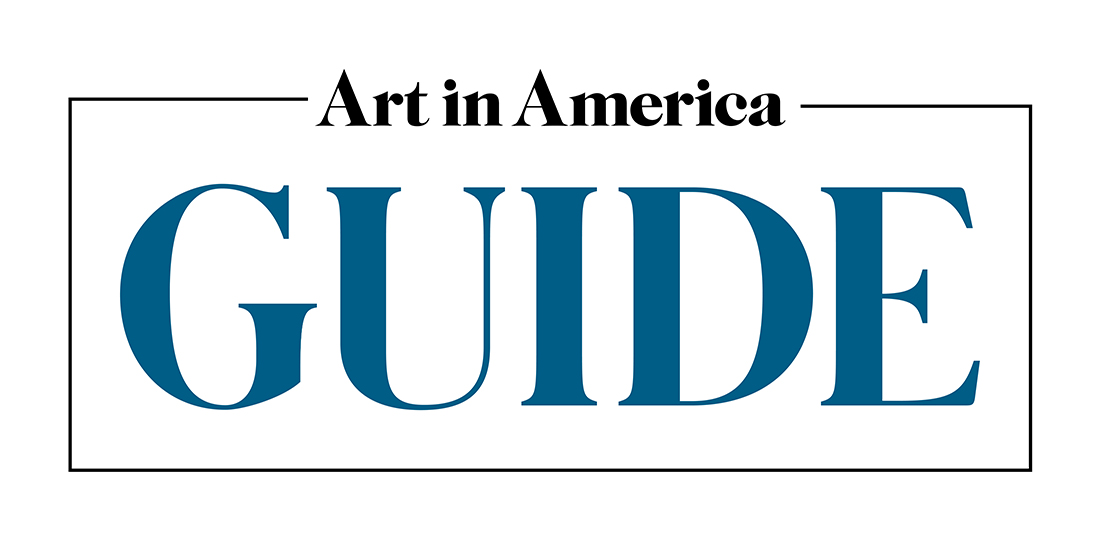
- This event has passed.
Aurora Molina: The Texture of Grief
February 5, 2021 @ 12:00 pm - March 7, 2021 @ 5:30 pm
Free
The history of textiles is inextricable from the story of humanity, a storied and ultimately functional craft that, with the advent of the Industrial Revolution and feminist fiber art movements of the mid-20th century, has become emblematic of not just the innovative qualities of the human animal, but of textile’s innate communicative quality. That is to say, the fabric of each individual’s life is woven, sewn, embroidered, with cultural markers, ideas, and stories, bleeding into the realms of art, national identity, and clothing. Textile work encompasses multitudes of patterns, colors, techniques, and identities across the globe, a living, breathing record of centuries of change. The history of textiles, to a large degree, is also inextricable from the feminine realm, transforming over the years into a “domestic” craft through which women could find their place in whichever society they found themselves in. Enter Cuban, Miami-based fiber artist Aurora Molina.
Born in Havana, Molina emigrated to the United States at 16. The beginning of her relationship with fiber art dates to her childhood, but it wasn’t until she took an experimental fiber painting class in Miami that she began engaging seriously with textile as an art form. Now, Molina, a working artist with an extensive exhibiting history, teacher, and founder of Fiber Arts Miami Association (FAMA), continues to not simply adapt to, but fiercely engage with changing times all the while keeping her foot on the pedal of a sewing machine.
Molina’s body of work is rich—with intention, color, and experience. Her pieces exact a sociopolitical criticism that is ingrained in the very threads she uses, be they physical or intellectual. She has confronted the commodification of beauty and objectification of youth, intertwining aging with gradual invisibility in the internet age ; she’s sewn together studies of “unfettered individualism” in the contexts of immigration, family, politics; she’s created odes to resilience, redirected culpability, and reminded audiences that fiber art isn’t simply a place for women to occupy themselves. Fiber art, in fact, can communicate jarring criticism and rebellion in the same manner it relates an individual’s identity. Her playful color palette and observant soft sculptures are just as traditional as they are ruthless, defying norms at every corner of life via method and concept.
“I think it is extremely important that artists become the commentators of our time… I make political satire with the help of thread. I think it is crucial today when fiber art is playing a new role in art history. Thread is not only being used as embellishment but as a statement; a political consequence of women not longer sitting in circles, embroidering flowers.”
Given the turbulent refreshing deconstruction of “tradition” in the last year, Molina has adapted in her own, uncannily timely way, swapping sewing machines and embroidery for hand weaving, and in turn putting her vulnerability and humanity on display and asking the same of the audience. Her February exhibition at The CAMP Gallery, The Texture of Grief, sees the artist moving away from her characteristic figurative style and embracing the abstraction of emotion and time. Collectively, the works are grounded in tension, be it visual or spiritual, embodied by the act of weaving.
With each movement, these pieces become sites for transformation. Each fibre moves in tandem with Molina’s essence, sprouting from inborn tension and anxiety about the past, memory, and isolation, evolving from negativity to a place of resolve; the yarn acts as a stand-in for time, the act of weaving as a confronting of it. The result is a series that bares witness to an artist’s fears, intrusive thoughts, and vulnerabilities, and sees her triumph. As Molina would put it: “‘Don’t think’, ‘distract yourself’, ‘think of something else’—these are feelings and emotions that allow us to converge from a superficial dimension to a deeper emotional process, allowed by the constant rhythm of weaving two distinct sets of yarns (positive thought and negative thought) interlaced. The weft made of positive and negative thoughts [create] a woven surface where the tension of the weaving becomes its own language, and you have to learn how to decipher in relationship to your own experience.”
Statement by Maria Gabriela Di Giammarco
